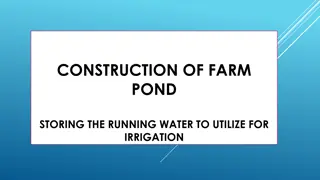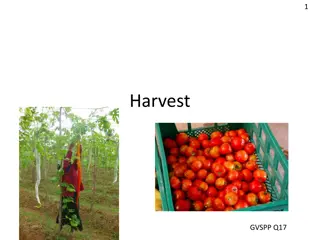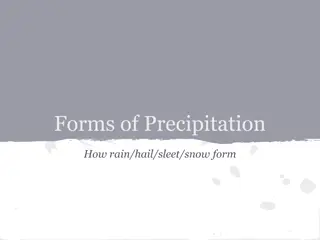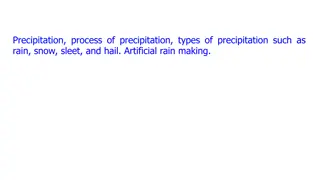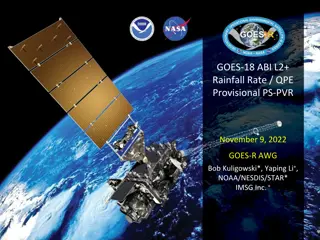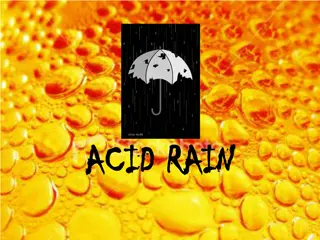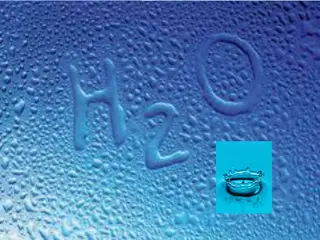Importance of Rain Water Harvesting and Its Benefits
Rain water harvesting is a crucial method for managing and conserving water resources. Dr. Anubha Gupta, a faculty member at Vikram University, explains the significance of harvesting rain water for human, animal, and plant needs. The process involves collecting and storing rain water from various surfaces for multiple uses. It helps in maintaining ground water levels, improving water quality, mitigating drought and flooding, and promoting sustainable development. Methods such as recharge pit, trench, tubewell, and gully plug are used to implement rain water harvesting effectively.
Download Presentation

Please find below an Image/Link to download the presentation.
The content on the website is provided AS IS for your information and personal use only. It may not be sold, licensed, or shared on other websites without obtaining consent from the author.If you encounter any issues during the download, it is possible that the publisher has removed the file from their server.
You are allowed to download the files provided on this website for personal or commercial use, subject to the condition that they are used lawfully. All files are the property of their respective owners.
The content on the website is provided AS IS for your information and personal use only. It may not be sold, licensed, or shared on other websites without obtaining consent from the author.
E N D
Presentation Transcript
RAIN WATER HARVESTING BY DR. ANUBHA GUPTA FACULTY , S.S.IN COMMERCE VIKRAM UNIVERSITY USEFUL FOR BBA(H)/B.COM(H)/M.COM AND ALLIED SUBJECT
Rain Water Harvesting Water is an important natural resource and is the very basis of our life. We use water for drinking, irrigation, industry, transport and for the production of hydro-electricity. Water is a cyclic resource which can be used again and again after cleaning. The best way to conserve water is its judicious use. Rain water harvesting is one of the most effective methods of water management and water conservation. It is the term used to indicate the collection and storage of rain water used for human, animals and plant needs.
What is Rain Water Harvesting it is a type of harvest in which the rain drops are collected and stored for the future use. It is collection and storage of rain water that runs off from roof tops, parks, roads, open grounds, etc. It is the process of collection of rainwater from surfaces on which rain falls, filtering it and storing it for multiple uses.
Need of Rain Water Harvesting To arrest decline in ground water levels. To enhance availability of ground water at specific place and time and utilize rain water for sustainable development. To increase infiltration of rain water in the subsoil this has decreased drastically in urban areas due to paving of open area. To improve ground water quality by dilution. To increase agriculture production. To improve ecology of the area by increase in vegetation cover etc.
Components of Rain Water Harvesting Catchment Conveyance system First Flush separator Filter Storage Usage Recharge
Benefit of rain water harvesting It provides water when a drought occurs, can help mitigate flooding of low-lying areas Helps meet ever increasing demand of water reduces demand on wells which may enable groundwater levels to be sustained Improves quality and quantity of groundwater Reduces flooding It also helps in the availability of potable water It is a critical source of clean water
Methods of rain water harvesting Recharge Pit Recharge Trench Tubewell Recharge Well Urban Areas Gully Plug Contour Bund Gabion Structure Percolation Tank Check Dam/Cement Plug/Nala Bund Recharge Shaft Dugwell Recharge Ground Water Dams/Subsurface Dyke Rural Areas
Reference: www.wikipedia.com www.cseindia.org www.yourarticlelibrary.com www.google.com
. THANK YOU








